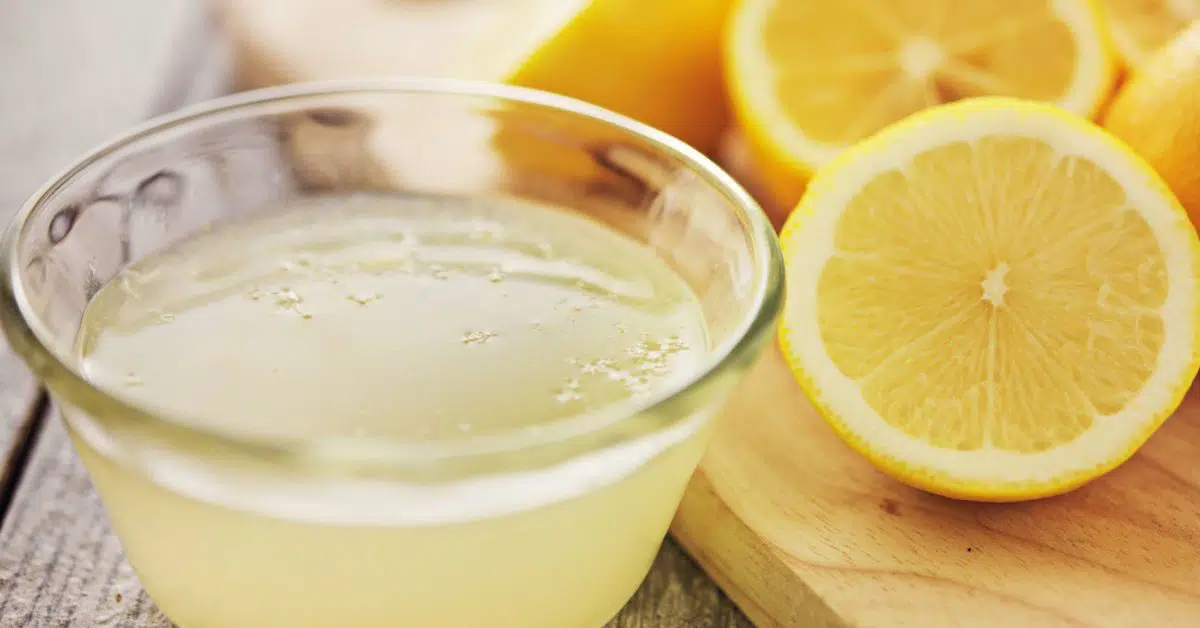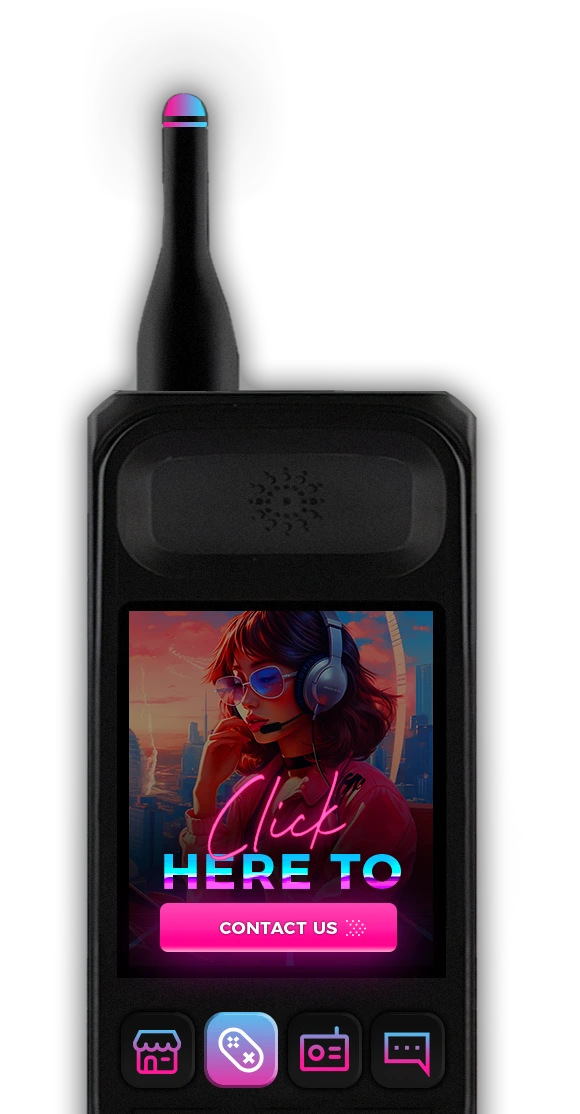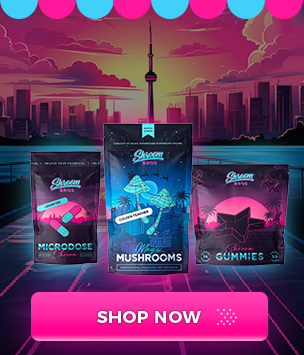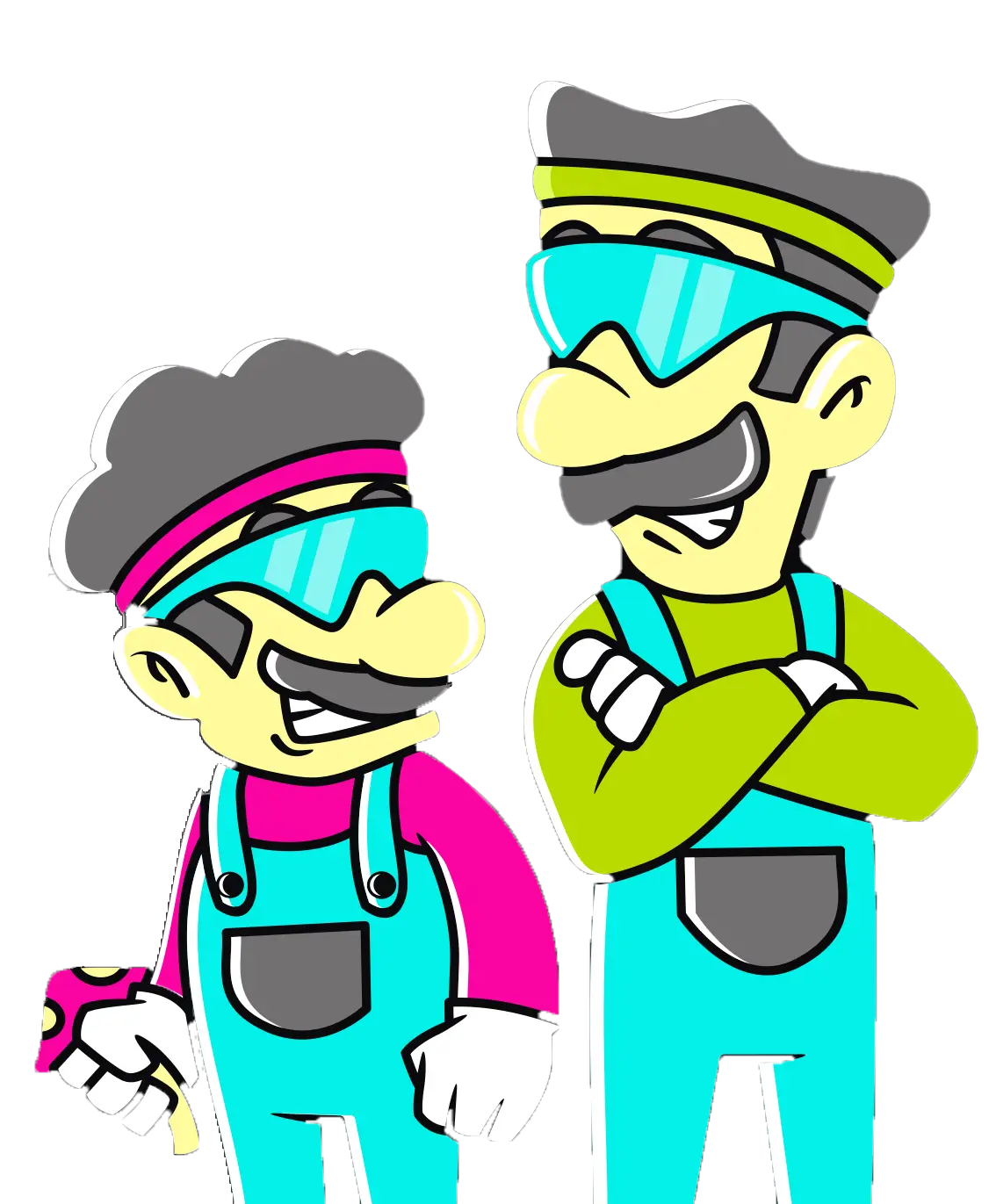Introduction
So, if you’ve ever done magic mushrooms, it’s extremely likely that you’ve experienced the nausea that is widely reported as one of the most common unpleasant side effects of ingesting psilocybin mushrooms. Often, this is a mild nausea that starts to come on about 15-20 minutes after ingesting the mushrooms, before the psychoactive effects kick in – but sometimes, it resurfaces later in the experience. For most, it’s a nuisance that passes relatively quickly, but sometimes can be quite severe and even result in vomiting. So, what is it exactly that causes nausea? Why does it happen? And maybe most importantly, what (if anything) can we do about it? All this and more, answered in this article!
How Humans Digest Mushrooms

Obviously, magic mushrooms are different than their non-psychoactive counterparts, but mycologically speaking, aside from the presence of the psychoactive compounds psilocybin and psilocin, the human body digest magic mushrooms in much the same way as it digests normal mushrooms – so looking at what we know about how mushrooms are digested might offer the first clues. Paul Stamets is the author of Psilocybin Mushrooms in the World, a leading mycologist, and psychonaut who has been at the forefront of helping to classify and organize human knowledge around magic mushrooms for some time. He explained that, outside of instances where people are looking to eat mushrooms for their psychoactive potential, we should almost never be eating mushrooms raw.
“Raw mushrooms are largely indigestible because of their tough cell walls, mainly composed of chitin. Raw mushrooms and raw mycelium may pose health hazards from harmful pathogens and heat-sensitive toxins—potentially causing red blood cell damage, gastrointestinal irritation, and allergic reactions, such as skin rashes.” – Dr. Paul Samets
Another mushroom expert, Dr. Andrew Weil, in an article on his website, noted that “mushrooms have very tough cell walls and are essentially indigestible if you don’t cook them. Thoroughly heating them releases the nutrients they contain, including protein, B vitamins, and minerals, as well as a wide range of novel compounds not found in other foods.” He goes on to explain that not only is the chitin material that composes the cell walls indigestible, but it’s possible for it to cause inflammatory and immune responses in the process of being broken down. Chitin doesn’t occur naturally in the human body, but we do produce an enzyme called chitinase – this enzyme breaks up the chitin in our system, and the smaller molecules that occur as a result of this breaking down can potentially cause these inflammatory responses. So, when it comes to mushrooms that are being used for culinary purposes, on all fronts it seems like the best bet is to simply prepare them beforehand by cooking them in any number of different ways. However, cooking shrooms is not necessarily the best option when we’re talking about magic mushrooms. This is because heating them can destroy the psychedelic compounds; this is why magic mushrooms are traditionally eaten raw, or, most commonly, dried. It’s entirely possible that the nausea experienced from eating magic mushrooms is simply related to eating raw chitin, but there are some other ideas that have surfaced related to the different array of chemicals that can be found in magic mushrooms.
The Other Chemicals in Magic Mushrooms
So, it’s well-known (and we’ve even mentioned earlier in this article) that psilocybin and pislocin are the two main compounds found in magic mushrooms that give them their psychedelic properties. There are a number of these compounds, but the most prevalent are baeocystin, norbaocystin, norpsilocin, aeruginascin and phenethylamine. Each of these compounds are similar to psilocybin, varying primarily in the different methyl groups on their amines. We do have records of studies in which people have taken pure, synthetic psilocybin and reported nausea as a side effect. These people had never taken mushrooms before and were not told beforehand to expect nausea as a side-effect, so it’s highly unlikely that this was a placebo effect.
So, contrasting what we just read in the preceding section, there may be something specific about the psilocybin compound itself that causes nausea, even when isolated from the other compounds found in the mushroom. We also know that the human body process psilocybin into psilocin in the process of digestion, and so it might be the psilocin being formed, or a side-effect of the processing that causes these issues Of all the compounds we listed, phenylethylamine is the most distinct.
Phenethylamine is a central nervous system stimulant and neurotransmitter that has potential hallucinogenic effects in humans. Amphetamine, methamphetamine, and MDMA are all examples of phenethylamines that enjoy widespread use in modern society for recreational, medicinal, and therapeutic effects. It’s also widely noted that these substances can cause side effects such as raising heart rate, increasing blood pressure, and inducing – you guess it – nausea. However, Alexander Shulgin (author of the famous books, Phenethylamines I Have Known and Loved and Tryptamines I Have Known and Loved,) believes it is unlikely that phenethylamines in mushrooms are responsible for these effects. According the Shulgin, phenethylamines by themselves are “rapidly and completely destroyed” when ingested by humans, and that it’s only in the presence of a specific set of other molecules that phenethylamines will remain intact long enough for their psychopharmacological effects to be felt – and that these molecules are not present in psilocybin mushrooms.
The Role of Beta-Glucan
So, we’ve isolated the potentially nauseating components of magic mushrooms to: the chitin in the cell walls, and the psilocybin itself. Obviously, we don’t want want to do anything that would eliminate psilocybin from the mushrooms, as that would defeat the entire purpose – but can something be done about the chitin? Well, in order to understand that, we first need to understand what’s actually happening when it’s being broken down in the stomach. Biologist Ian Bollinger says that even though no one has pinned down exactly what it is that’s causing the nausea, there’s strong evidence that points to a substance called beta-glucan. Beta-glucan is a type of sugar that’s commonly found in oats, and other grains, but is found in significantly more abundance in the chitin of the mushroom cell walls.
His theory is that the excess amount of beta-glucan as it’s broken down in the stomach causes a reaction, because the stomach is acidic, and beta-glucan is basic – if you remember your elementary school science class lessons of missing vinegar and baking soda, that should be a quick reminder of what can happen when acids and bases are mixed! There’s more evidence to support this theory as well. Beta-glucan is sometimes taken as a supplement for people with high cholesterol, or who suffer from other heart health problems. One of the noted side effects of taking beta-glucan supplements is, you guessed it, nausea. Therefore, it seems likely that the nausea caused by ingesting magic mushrooms is largely attributable to the chitin in the cell walls, and the psilocybin compound itself. It’s also worth noting that the symptoms of nausea are far more likely to be experienced if a person is already dehydrated or in poor physical health, and also when taking exceedingly large doses. All of this is great, but… nausea still sucks! And is there anything we can do about it? Well, fear not fellow psychonaut – we have some answers that should help you with that, too!
How to Reduce Nausea When Taking Magic Mushrooms

So, if the prospect of experiencing nausea or potentially vomiting is enough to dissuade you from taking mushrooms, even though you think the experience might otherwise be beneficial for you, then there is something you can do that has been shown to help reduce the experience of nausea, if not eliminate it altogether. So, what is this “One Simple Trick to Make Mushrooms Go Down Easier?” (Damn – I probably should have named the article that!) Well, it’s pretty simple – and it comes back down to the relationship between the stomach acid and beta-glucan. And the trick is, essentially, using lemon juice. It looks like this:
1: Grind the mushrooms into a fine powder, or as small pieces as possible.
2: Put the powder in a glass
3: Pour enough lemon juice to submerge the powder completely, and stir for 1 minute.
4: Down the hatch!
The reason that this works, according to Bollinger, is that the lemon juice has around the same Ph level as your stomach acid. By exposing the cell walls of the mushroom and the beta-glucan to lemon juice, it begins the process of breaking it down before the mushrooms are ingested, resulting in less of a reaction once the mushrooms reach the stomach acid. This technique has been used by many people who have reported favourable results, although there are certainly some caveats that should be considered.
The first thing that should be considered is that a citrus bath will actually cause the onset of your trip to come on faster, be greater in intensity, and last for a shorter period of time. In Bollinger’s own words, “Lemon juice is an aqueous solution with a low Ph,” Bollinger explains. “Low Ph means excessive hydrogens. Putting psilocybin in that solution removes the phosphate group and replaces it with a hydroxyl group. That turns it into psilocin. If you think of the experience like a bell curve,” Bollinger says, “with the effects slowly ramping up, peaking, and ramping back down, a lemon [bath] will compress it. What you’re doing is heightening the curve but you’re also shortening the length.” Depending on the kind of experience you’re looking for, a shorter, more intense high might suit your needs – but it’s good to understand that the citrus bath will affect how the high actually happens. Secondly, it’s important to understand that although the citrus bath will help mitigate the experience of nausea caused by ingesting magic mushrooms, it won’t necessarily get rid of it altogether. As mentioned before, it seems like the human body has a tendency to react to psilocybin by itself with a slight nausea, so even if you are treating your mushrooms with a citrus bath, you should still be expecting the nausea.
An even easier solution would be to take a look at our selection of magic mushroom teas.
Advice from Reddit
If that’s not enough for you guys, I’ve consolidated some of the advice users have provided on the forum Reddit, here: One user recommends a more refined citrus bath:
1 – go to the store, buy a lemon or lime, whichever you prefer the taste of.
2 – grind up your shrooms with either a grinder or your fingers. Both work just fine.
3 – put the shrooms in a french press and squeeze the lemon or lime into the french press until the little bits are fully covered.
4 – Stirring every so often, let the sludge sit for about 30 minutes. To better understand what is going on here, just look up lemon-tek.
5 – Put some ginger, your favorite tea (I prefer chamomile for this), some honey (or sugar if you have no honey) into the mix.
6 – bring water to an almost boil and then pour it into the french press.
7 – put the lid and such on and put the french press aside. Go take a shower and get ready for your trip.
8 – once you are done showering, give it a good stir and press the french press filter down as far as it will go.
9 – pour yourself a nice warm cup of tea and enjoy it; make sure you get ALL the liquid out. Some suggest squeezing the bits until they are dry and others don’t care. This is up to you. I prefer to not gulp it all down as I love the taste and love tea. some friends however prefer to just pound it. whatever’s clever for you.
This will do a few things. First, the lemon tek will help offload some of the psilocybin->psilocin process from your stomach. While this will not do much for nausea, it will kick-start the trip sooner and can yank you right past the anxiety and anticipation stage if that also bugs you. Second, part of what makes most nauseous comes from when the body tries to break down the cellular wall on the shrooms. By not putting this in your system, you are going to find that you won’t feel nauseous at all, or shouldn’t.
When eating them, I used to feel so damn sick through an entire trip that it would ruin my trips. By making tea, I am able to enjoy all that the shrooms have to offer without a worry of nausea.
I hope this helps!
MUSH LOVE!
Closing Thoughts
In summary, there are a few different methods you can try – but by all accounts, the most consistent and best method seems to be the preemptive citrus bath. In addition, some quick tips that will help to mitigate the nausea: – Eat a light snack beforehand. Not a full meal, which might delay the onset and offset the potency of the high, but enough that the shrooms aren’t going down on a completely empty stomach. – Make sure you’re well-rested and hydrated. Lack of sleep and dehydration can cause nausea by themselves, no reason to add tinder to the fire. – Don’t mix mushrooms with other drugs. This is just generally good advice – but the more psychoactive chemicals you’re mixing together, the more likely your body is to have an adverse reaction. Play it on the safe side, and keep them separate!














